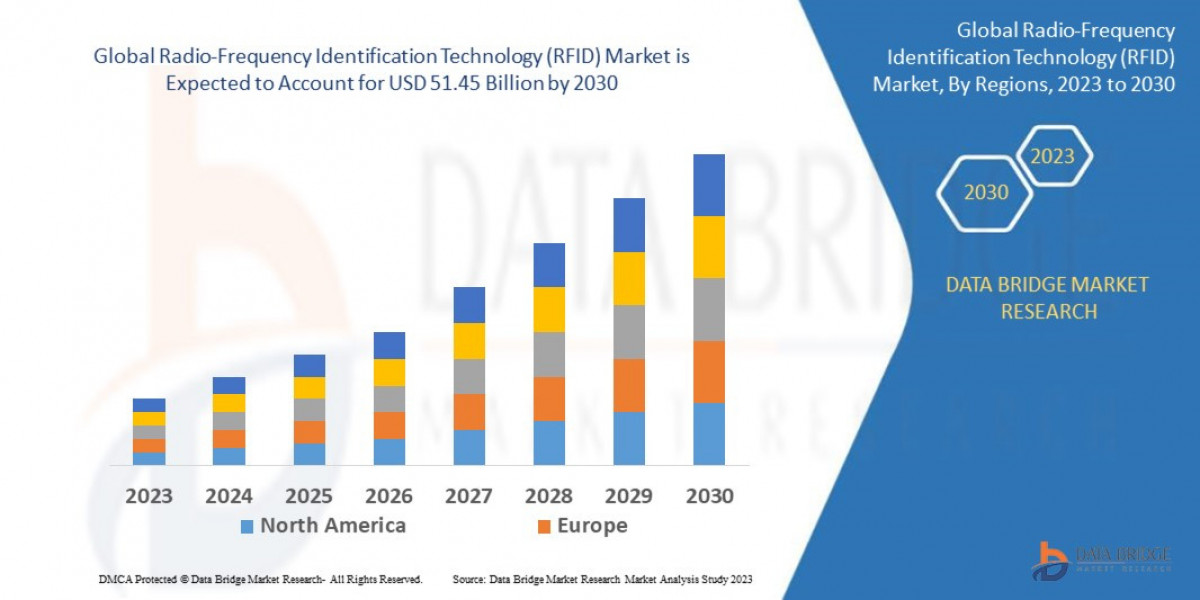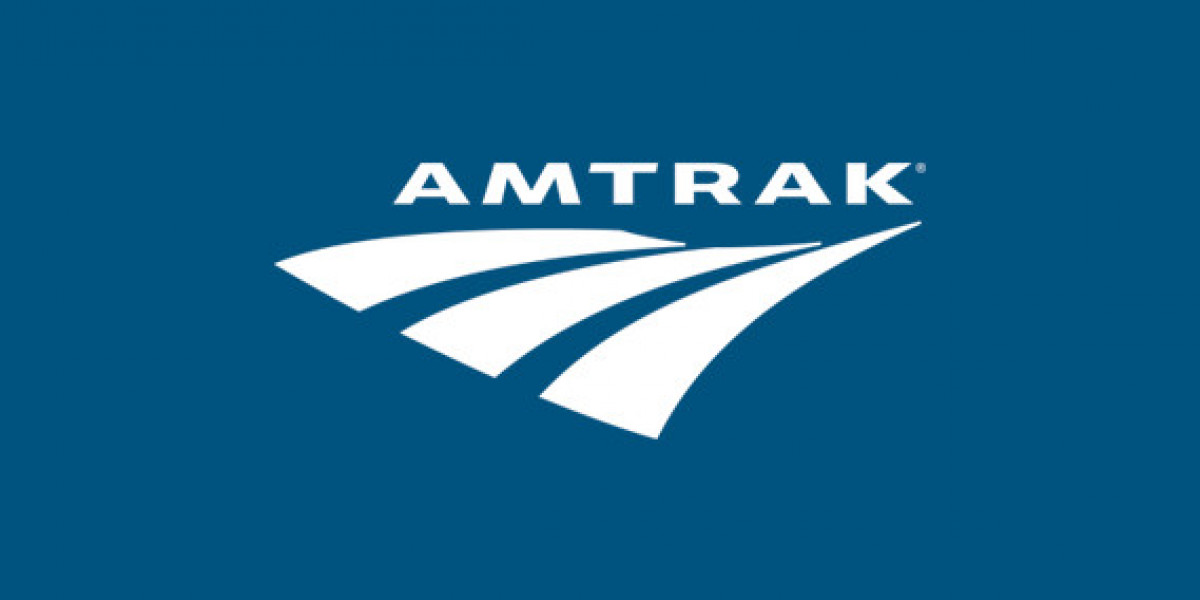The GCC contact lens market is entering a transformative decade, driven by a blend of healthcare advancements, lifestyle changes, and digital innovations. According to the latest Contact Lens Industry Analysis in GCC, the market is estimated at USD 256.8 million in 2025 and projected to reach USD 482.0 million by 2035, registering a compound annual growth rate (CAGR) of 6.4% during the forecast period.
This expansion highlights not only the growing consumer shift toward advanced eyewear solutions but also the emergence of new technologies and regional players shaping the next phase of eye health in the Gulf Cooperation Council (GCC) region.
Market Overview: Vision Meets Lifestyle
The GCC’s contact lens industry is thriving due to the rising prevalence of refractive errors, an increasingly fashion-conscious population, and the expanding middle class with higher purchasing power. As consumers become more aware of eye health and hygiene, they are transitioning from traditional glasses to more comfortable and aesthetic contact lens solutions.
Key growth factors include:
- Increasing acceptance of daily disposable and soft lenses for convenience and hygiene.
- Expansion of e-commerce channels improving accessibility across GCC nations.
- Strong demand for cosmetic and specialty contact lenses driven by lifestyle and beauty trends.
- Technological advancements enhancing oxygen permeability, comfort, and durability.
With growing support from healthcare initiatives—such as the Qatar National Eye Health Strategy (2024–2035) aimed at reducing preventable vision impairment—the GCC contact lens market is poised for sustained growth.
Key Market Segments (2025–2035)
By Product Type
- Soft Lenses (67.9% share in 2025)
- Dominates the GCC contact lens market due to superior comfort, adaptability, and cost-effectiveness.
- Rising demand for colored lenses as a fashion statement across young consumers.
- Ongoing innovations in moisture retention and oxygen flow enhance wearer comfort.
- Gas Permeable Lenses (CAGR 7.1%)
- Preferred by users needing sharp, long-lasting vision correction.
- Offer higher oxygen transmission, durability, and suitability for irregular corneas.
- Increasingly popular among consumers seeking premium, customizable vision solutions.
By Design Type
- Spherical (52.3% share) – The leading design segment for correcting common refractive errors such as myopia and hyperopia.
- Cosmetic (CAGR 12.3%) – Fastest-growing category, catering to fashion-forward consumers seeking colored or pattern-enhanced lenses.
- Multifocal & Toric – Gaining traction among aging populations for treating presbyopia and astigmatism.
By Usage
- Daily Disposable (48.6% share)
- The fastest-growing segment due to hygiene and convenience.
- Favored by busy urban professionals seeking low-maintenance lens options.
- Reusable & Frequent Replacement Lenses
- Continue to serve cost-conscious consumers, particularly in rural and semi-urban regions.
By Sales Channel
- Luxury Boutiques (CAGR 9.2%)
- Emerging as a premium retail channel in GCC countries.
- Offer personalized consultation and exclusive designer contact lens collections.
- Optical Retail Stores & Chains
- Continue to dominate with strong customer trust and accessibility.
- E-commerce & Online Platforms
- Witness exponential growth, offering easy price comparison and doorstep delivery.
Key Market Trends Transforming the GCC Contact Lens Industry
- Smart & Sensor-Embedded Lenses:
Leading manufacturers are investing in smart contact lenses with embedded sensors for tracking intraocular pressure, glucose levels, and augmented reality (AR) capabilities. - Digital Eyestrain Solutions:
With increasing screen time, lenses designed to combat blue light exposure and digital eyestrain are gaining rapid adoption, particularly in Qatar and the UAE. - Hybrid Lens Development:
Companies are blending the properties of rigid gas permeable and soft lenses to combine clarity with comfort. - Therapeutic Applications:
Specialty lenses designed for keratoconus, post-surgical corrections, and presbyopia are growing in demand among medical practitioners and clinics.
Regional Outlook: Eyeing New Opportunities
- Bahrain (CAGR 12.2%) is projected to lead the GCC market, reflecting its growing healthcare investments and lifestyle adoption of contact lenses.
- Kuwait (CAGR 9.4%) follows, driven by a young, fashion-forward population and a strong optical retail network.
- United Arab Emirates (CAGR 6.8%) remains a key hub due to its affluent consumers, large expatriate population, and booming luxury retail scene.
- Oman is witnessing rising demand for breathable and long-wearing lenses, supported by growing awareness campaigns and retail expansion.
- Qatar sees demand from consumers affected by digital eyestrain, furthering adoption of corrective and protective lenses.
Competitive Landscape: Innovation and Expansion at the Core
The GCC contact lens industry features a mix of global leaders and regional innovators competing through product innovation, branding, and distribution expansion.
Leading players include:
- Johnson & Johnson Vision Care, Inc.
- Bausch + Lomb
- BENQ Materials Corporation
- Contamac
- CooperVision, Inc. (CooperCompanies)
- EssilorLuxottica
- HOYA
- MPG Optical
Prominent regional brands:
- Al-Manara Optical
- Kanoo Opticals
- Yateem Opticians
- Muscat Optical
Emerging companies are rapidly adopting AR and AI technologies to differentiate their offerings. For instance:
- In October 2025, XPANCEO, a UAE-based start-up, raised USD 40 million in Seed funding to develop AR-integrated smart contact lenses.
- In June 2025, Banuba, a Dubai-based computer vision firm, launched a virtual contact lens try-on technology, redefining how consumers shop for lenses online.
Key Market Drivers and Opportunities
- Rising Awareness: Increasing focus on preventive eye care and aesthetic appeal fuels lens adoption.
- Lifestyle Shifts: Active and fashion-conscious consumers prefer lightweight, invisible eyewear.
- Aging Demographics: Surge in demand for multifocal and presbyopia-correcting lenses.
- E-commerce Expansion: Digital retail platforms boosting availability and affordability.
- Healthcare Policies: National initiatives promoting eye health and safe vision correction.
Future Outlook: A Clear Vision for 2035
The GCC contact lens market is on track for accelerated growth through 2035, supported by innovation, digitalization, and evolving consumer preferences.
As both established global manufacturers and emerging regional players invest in new technologies, materials, and retail strategies, the market is set to redefine eye health and fashion across the Gulf region.
With a projected value of USD 482.0 million by 2035, the GCC contact lens industry stands at the intersection of healthcare advancement and lifestyle transformation—bringing vision innovation into sharper focus.
This Report Now at Just $2000 | Limited-Time Discount Offer! https://www.futuremarketinsights.com/reports/sample/rep-gb-18816
Checkout Now to Access Industry Insights: https://www.futuremarketinsights.com/checkout/18816
About Future Market Insights (FMI)
Future Market Insights, Inc. (ESOMAR certified, recipient of the Stevie Award, and a member of the Greater New York Chamber of Commerce) offers profound insights into the driving factors that are boosting demand in the market. FMI stands as the leading global provider of market intelligence, advisory services, consulting, and events for the Packaging, Food and Beverage, Consumer Technology, Healthcare, Industrial, and Chemicals markets. With a vast team of over 400 analysts worldwide, FMI provides global, regional, and local expertise on diverse domains and industry trends across more than 110 countries.







